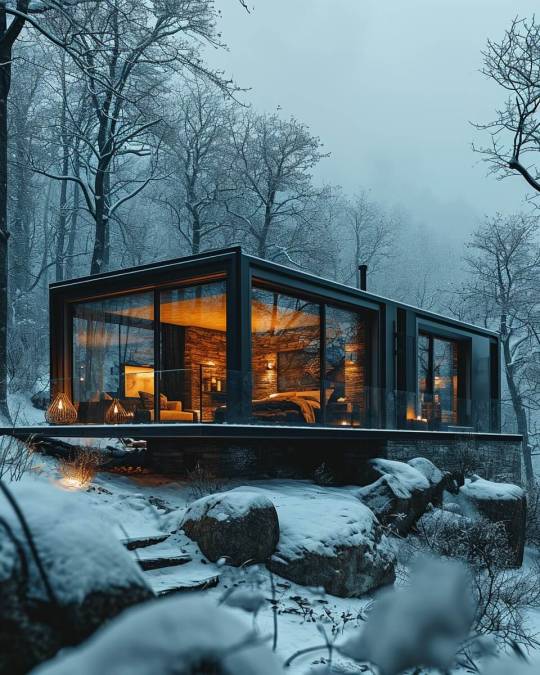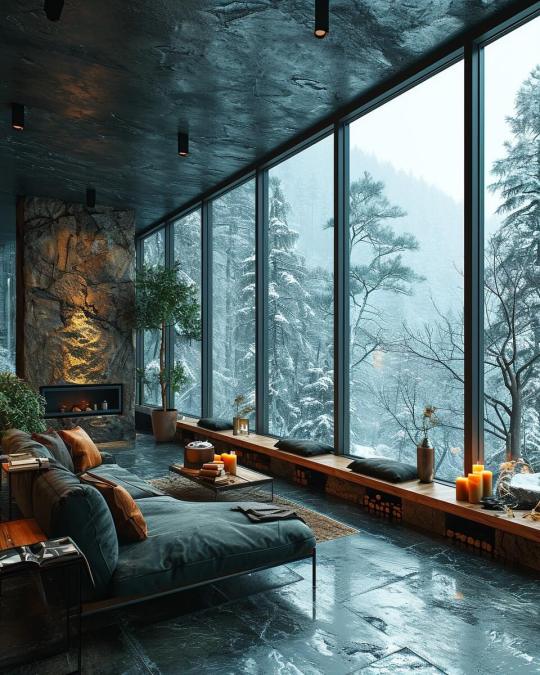Text
How to Replace a Faucet
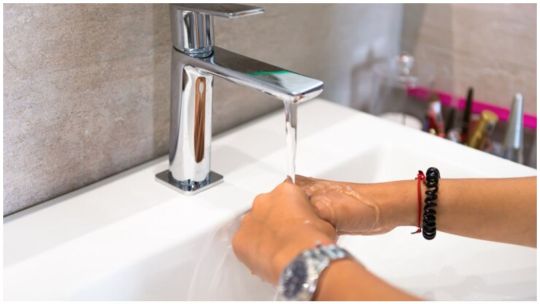
Introduction
Knowing how to replace a faucet is an essential skill for any homeowner or DIY enthusiast. Whether you're upgrading your kitchen sink or fixing a leaky faucet in your bathroom, understanding the process can save you time and money. This guide will walk you through the entire process, providing detailed steps and helpful tips to ensure your project is a success.
Tools and Materials
Before diving into the project, gather all the essential tools and materials to make the process smooth and efficient. Here's what you'll need:
Where to Source Them
These tools are available at most hardware stores, online retailers, and home improvement stores. Stores like Home Depot, Lowe's, and Ace Hardware offer a wide range of options to fit every budget. For the best value, consider comparing prices and reading reviews online before making a purchase.
Understanding Your Faucet
Different Types of Faucets
Faucets come in various types, each with its own installation method. The most common types include:
Identifying your current faucet type is crucial for selecting a compatible replacement.
Choosing the Right Replacement Faucet
Consider the following factors when choosing a new faucet:
Preparation
Shutting Off the Water Supply
Before you begin, shut off the water supply to the faucet. Locate the shut-off valves under the sink and turn them clockwise to close. If there are no shut-off valves, turn off the main water supply to your home.
Preparing the Workspace
Clear the area under the sink to create a comfortable workspace. Place a bucket underneath to catch any residual water and lay down towels to protect your cabinets and floor from potential water damage.
Step-by-Step Guide to Replacing the Faucet
Removing the Old Faucet
Installing the New Faucet
Testing the New Faucet and Checking for Leaks
Turn on the faucet and let the water run for a few minutes. Check all connections for leaks and ensure the water flows smoothly. If everything is in order, clean up your workspace and enjoy your new faucet.
Troubleshooting and FAQs
Common Issues and Solutions
Frequently Asked Questions
Q: How long does it take to replace a faucet?
A: On average, replacing a faucet takes about 1-2 hours, depending on your experience and the complexity of the installation.
Q: Do I need to replace the supply lines?
A: It's recommended to replace the supply lines if they're old or damaged. New supply lines ensure a secure and leak-free connection.
Q: Can I replace a faucet without shutting off the main water supply?
A: If your sink has shut-off valves, you can replace the faucet without turning off the main water supply. Otherwise, you'll need to shut off the main supply.
Conclusion
Replacing a faucet is a valuable skill that empowers you to handle basic home maintenance tasks with confidence. By following this guide, you'll be able to tackle faucet replacement projects efficiently and effectively. Remember, practice makes perfect, and each project you complete will enhance your DIY skills.
We'd love to hear about your experiences! Share your faucet replacement stories and any questions you have in the comments below. If you encounter any complex issues or need professional assistance, don't hesitate to reach out to a licensed plumber.
For more home improvement tips and guides, stay t
#bedroom#decor#home decor#farmhouse#home & lifestyle#kitchen#cottagecore#furniture#gardening#bathroom#faucets#genshin impact
0 notes
Text

sinkks.com
#decor#home decor#kitchen#home & lifestyle#cottagecore#farmhouse#furniture#bathroom#bedroom#gardening
0 notes
Text
White Quartz Countertops
The Most ideal Decision for Kitchens ; White Quartz Countertops White Quartz Countertops Introduction to White Quartz Countertops in kitchen: White Quartz Countertops have grown to be increasingly famous in modern kitchens, owing to their glossy and modern appearance. This long-lasting and flexible cloth isn’t always the handiest aesthetically desirable, however, it additionally offers…

View On WordPress
#Quartz Countertops#White Quartz Countertop#Kitchen with White Quartz#White Quartz#White Quartz Countertops#quartz ledges
3 notes
·
View notes
Text

Farmhouse Sink
#cottagecore#decor#bathroom#home decor#farmhouse#home & lifestyle#kitchen#bedroom#furniture#gardening#farm#sdv farmer#farm life#countryside#farming#stardew farmer#farmcore#wildlife#curators on tumblr#news#new rp#netflix#happy new year#new music
0 notes
Text
Limestone sink
The use of limestone sinks, particularly for sinks, is on the rise in the world of home interior design. Plain old stainless steel sinks need to be updated and more interesting.

Limestone sinks are an excellent choice if you want to infuse your house with an air of refined elegance and make it visually distinct from the rest.
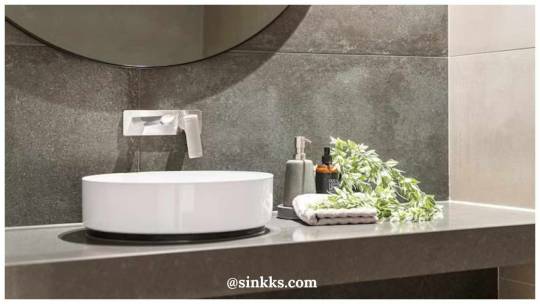
Benefits of Limestone Sink
The use of limestone will provide an impression of classic beauty to your house. One may effectively enhance the interior style of a home by choosing from the extensive array of hues offered for this remarkable natural stone. Limestone is a durable and resilient substance due to its high density and extended durability. Numerous renowned monuments and projects persist in using this stone, which has garnered significant popularity over an extended period. This timeless stone has a refined appearance and shares traits with marble and travertine.
#bathroom#cottagecore#home & lifestyle#bedroom#kitchen#decor#farmhouse#home decor#furniture#gardening#stone#stone butch#stone age#stone cold steve austin#stone femme#fountain#homestuck#welcome home#interior#fireplace#room#homemade#limestone#lime stim#interior decor#design#interior design#lana del rey#our flag means death#deltarune
2 notes
·
View notes
Text
Sink Trap
The sink trap is a curved segment of drain pipe behind your sink, generally called a P-trap, which performs a lot of dirty work.

Over time, they leak, get rusted, or become filled with years of accumulated soap and grease. When replacing a P-trap, you should use the same trap you removed.
S trap
The "s" design could result in a water siphon because it would drain the water that had accumulated in the curve, break the seal, and allow sewage gas to pass through.

Because of this issue, s-traps are no longer permitted in the plumbing code, and if you have one, you should replace it.
#bathroom#decor#home & lifestyle#kitchen#home decor#cottagecore#bedroom#farmhouse#furniture#gardening#sink#interiordesign#bathroomdesign#shower#basin#bathroomremodel#design#interior#wastafel#india#basindesign#home#homedecor#losangeles#bathroomtiles#chinacabinet#toilet#englishplates#turkishplates#mexicantiles
1 note
·
View note
Text
Farmhouse Sinks
Farmhouse sink is a deep, wide basin sink without any lipping that extends outward at the corners. This type of sink is also known as a farmer's sink, an apron front sink, or an apron sink. A completed front that is left visible after installation is the distinguishing characteristic of this product. Due to the depth and breadth of these sinks, they can accommodate a large number of pots and pans, which simplifies the process of washing dishes. The widespread popularity of these sinks may be attributed to their size, aesthetic appeal, and ergonomic functioning.

#farmhouse#home decor#home & lifestyle#decor#cottagecore#kitchen#bedroom#furniture#bathroom#gardening
1 note
·
View note
Text
Portable Sink
Portable sinks allow for the provision of high-quality handwashing in locations where conventional sinks are inappropriate for use. There is no need for any kind of plumbing or water installation, which is one of the most significant advantages of these systems.
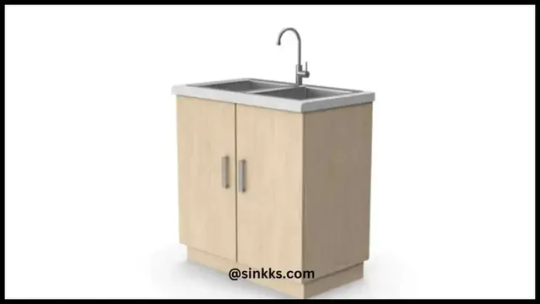
Portable Sink
#cottagecore#home & lifestyle#home decor#kitchen#decor#bedroom#farmhouse#gardening#bathroom#furniture#portable#portability#living room
0 notes
Text
Farmhouse Sink Installation
Farmhouse Sink Installation. If you want your kitchen to have that 'wow' element, a farmhouse sink is the way to go. Although the final product is often worth the effort, achieving the precise appearance you want with a farmhouse sink may be fairly challenging due to the exposed apron. So that your kitchen renovation or construction job isn't too daunting, chaotic, or draining, our installation guide for farmhouse sinks will walk you through every step of the process.
#bathroom#cottagecore#decor#home & lifestyle#furniture#kitchen#gardening#bedroom#home decor#interior design#farmhouse#installation#install cricut design space app
0 notes
Text
Farmhouse Sink
A farmhouse sink is a deep, wide basin sink without any lipping that extends outward at the corners. This type of sink is also known as a farmer's sink, an apron front sink, or an apron sink. A completed front that is left visible after installation is the distinguishing characteristic of this product. Due to the depth and breadth of these sinks, they can accommodate a large number of pots and pans, which makes the process of washing dishes much simpler. The widespread popularity of these sinks may be attributed to their size, aesthetic appeal, and ergonomic functioning.
#bathroom#farmhouse#kitchen#cottagecore#decor#home decor#home & lifestyle#gardening#interior design#furniture#homestuck#welcome home#bedroom#interiors#exterior design#homemade#interior decor#living room
0 notes
Text
How do I unclog the drain?
Drain sink water. Before unclogging a drain, use a cup or ladle. Using a shop vat to remove water is simpler. Keeping the nozzle near to the drain while sucking out water will often unclog it. Check your waste disposal for clogs before continuing.
Pour baking soda and vinegar down the drain. The reactive qualities of this mixture may break clogs and make scientific volcanoes. Sprinkle with 1 cup (225 g) of baking soda. If needed, press it down with a rubber spatula. Add 1 cup (250 ml) of white vinegar to the drain. The combination extends downward when the stopper is in the drain opening. Double sinks: block both entrances.
Pour boiling water down the drain. Boil 4 cups (1 liter) of water for 5 minutes while baking soda and vinegar work. Rapidly pour water down the drain. If necessary, repeat everything. For better results, dissolve salt in hot water.
Fill the sink one-third with hot water. If necessary, drain cold, backed-up water.
Position a plunger over the drain. Seal well. You can use your toilet plunger, but you may want to purchase a kitchen plunger. Use a moist towel to block the opposite side of a double sink. Or, use two plungers, a companion, or both hands to perform the same on both sides.
The plunger should move. Be aggressive but don't raise the plunger off the sink bottom and damage the seal. If hot water drains slowly while working, add extra. Continue plunging until the drain is clean or you attempt a different approach.
To use a cable auger, disconnect the drain pipe. Cable augers, often known as plumber's snakes, spin and stretch deep into pipes, then retract to remove obstructions. Start by disconnecting the sink drain pipe for optimal results. At the sink drain and near the wall or floor, loosen the drain pipe nuts, including the curved trap. Use a pipe wrench for metal connections or your hands for PVC. Put a bucket under the drain pipe to collect leaks.
Check the removed drain pipe for blockages. Use gloves or a bent clothes hanger or flexible tubing to remove them.
Extend and retract the auger to remove obstructions. Insert the auger into the wall or floor pipe aperture. Extend and retract the auger according per package specifications.
Carefully reconnect the drain pipe. Then check drainage and leaks. If sink issues persist, consult a pro.
1 note
·
View note
